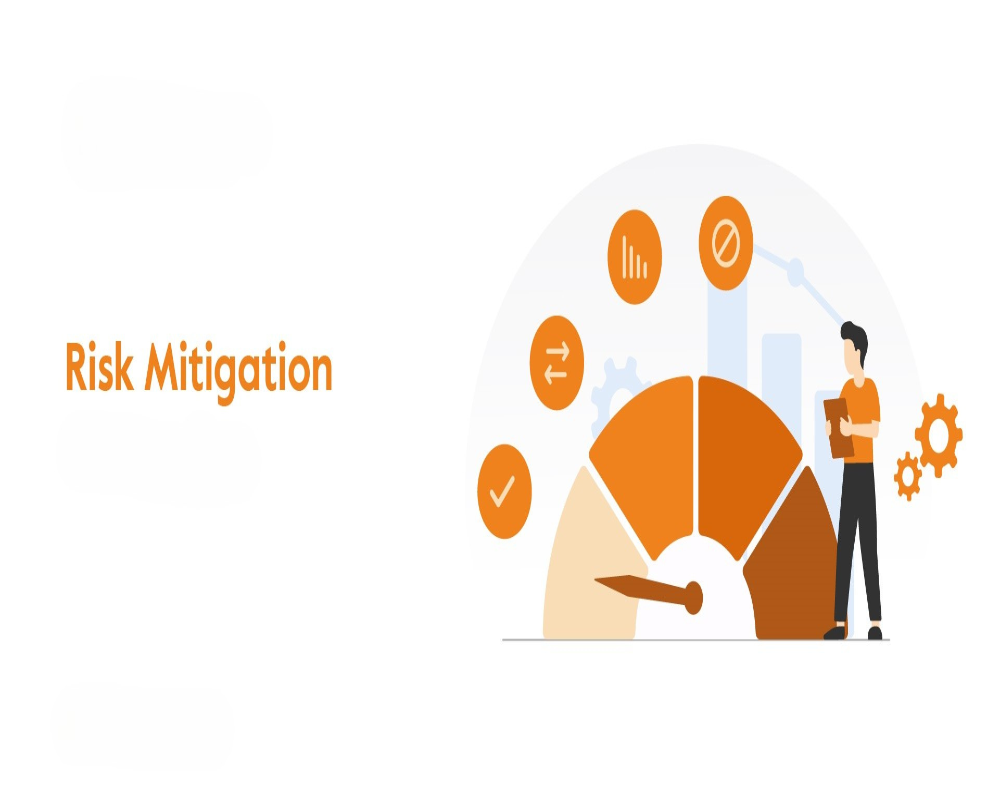Introduction
Site contamination risks refer to the presence or potential presence of hazardous substances in the soil, groundwater, surface water, or building materials on a property. These contaminants, which may result from historical industrial activity, poor waste disposal practices, accidental spills, or illegal dumping, pose serious threats to human health, environmental integrity, and land usability. In the context of real estate development, contaminated sites present significant legal, financial, and operational risks that can derail projects, reduce property value, and create long-term liabilities.
Mitigating these risks requires a combination of careful assessment, regulatory compliance, engineering interventions, and long-term monitoring. Understanding the nature of site contamination and the methods available for addressing it is essential for developers, investors, environmental professionals, and regulators involved in land redevelopment or reuse.
Common Sources and Types of Site Contamination
Site contamination often originates from industries such as manufacturing, petroleum refining, dry cleaning, mining, and agricultural operations. Common contaminants include:
- Heavy metals like lead, arsenic, mercury, and cadmium, which persist in soils and groundwater
- Petroleum hydrocarbons from leaking underground storage tanks or fuel spills
- Volatile organic compounds (VOCs) found in solvents, paints, and cleaning agents
- Polychlorinated biphenyls (PCBs) used in electrical equipment and coolants
- Pesticides and herbicides, especially in agricultural areas
These substances can migrate through soil and groundwater, affecting neighboring properties, surface water bodies, and underground aquifers. In urban areas, contamination risks are often hidden under paved surfaces or buildings, making detection difficult without thorough environmental assessment.
Risks Associated with Site Contamination
The risks of site contamination are multifaceted. From a health perspective, exposure to contaminants through inhalation, ingestion, or skin contact can cause acute or chronic illnesses. Contaminated land also presents significant regulatory risks, as environmental laws often hold current and former landowners liable for cleanup, regardless of fault.
From a development standpoint, contamination can lead to delays in permitting, increased costs for site preparation, and challenges in securing financing or insurance. Undisclosed contamination can also result in litigation from future occupants or neighboring landowners. These risks must be carefully managed during property transactions, particularly for sites with a history of industrial or commercial use.
Mitigation and Remediation Methods
Mitigating site contamination involves a structured approach, beginning with a Phase I Environmental Site Assessment (ESA) to identify potential risks through records review and site inspection. If contamination is suspected, a Phase II ESA is conducted to collect and analyze soil, groundwater, or air samples. Once confirmed, remediation methods are selected based on the type and extent of contamination, the intended land use, regulatory requirements, and site conditions.
Excavation and off-site disposal is one of the most direct methods, involving the removal of contaminated soil and transport to a licensed disposal facility. This method is effective for localized soil contamination but can be costly and disruptive.
In-situ treatment techniques, such as bioremediation, use natural or engineered microbial processes to break down contaminants within the soil or groundwater. Soil vapor extraction and air sparging are used to treat volatile compounds by removing vapors through vacuum systems or injecting air to volatilize pollutants.
Capping involves placing a protective barrier (e.g., clay, concrete, or synthetic liner) over contaminated soil to prevent exposure and reduce the risk of leaching into groundwater. This is commonly used in brownfield redevelopment where full removal is impractical, and future land use will not disturb the contaminated area.
Groundwater treatment, such as pump-and-treat systems or chemical oxidation, addresses contamination in underground water sources. These methods are often long-term and require regular monitoring to ensure effectiveness.
Institutional controls and land use restrictions may also be implemented to prevent future exposure. These legal tools, including environmental covenants and deed restrictions, ensure that the land is used in a way that avoids disturbing contaminated areas or exposing occupants to harm.
Regulatory Oversight and Compliance
Remediation activities must be approved and overseen by environmental regulatory agencies, which enforce cleanup standards based on site-specific risk assessments. Developers often work within Voluntary Cleanup Programs (VCPs) or Brownfield Redevelopment Programs, which offer liability protection, financial incentives, and streamlined review processes in exchange for compliance with remediation goals.
Documentation of cleanup activities and post-remediation monitoring are essential for regulatory closure, often resulting in a No Further Action (NFA) letter or a Certificate of Completion, which certifies that risks have been mitigated and that the property is suitable for its intended use.
Conclusion
Site contamination risks represent a major consideration in land development, particularly in urban and post-industrial areas. Identifying and mitigating these risks through structured assessment and remediation is essential to unlocking the value of contaminated land, protecting public health, and ensuring compliance with environmental laws. With the right combination of technical expertise, regulatory collaboration, and long-term planning, even heavily contaminated sites can be safely redeveloped into thriving commercial, residential, or mixed-use projects. In an era of land scarcity and environmental accountability, effective contamination management is not just a necessity—it’s a vital strategy for sustainable growth and responsible urban regeneration.
Hashtags
#SiteContamination #EnvironmentalRisks #ContaminationMitigation #SoilPollution #WaterQuality #HazardousWaste #EnvironmentalCleanup #PollutionPrevention #SiteAssessment #RiskManagement #SustainablePractices #RemediationTechniques #HealthAndSafety #EnvironmentalProtection #CleanUpEfforts #ContaminatedSites #EcoFriendlySolutions #RegulatoryCompliance #CommunityAwareness #GreenInitiatives


